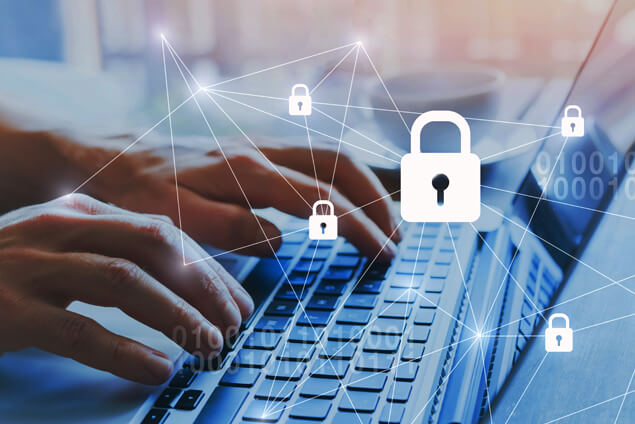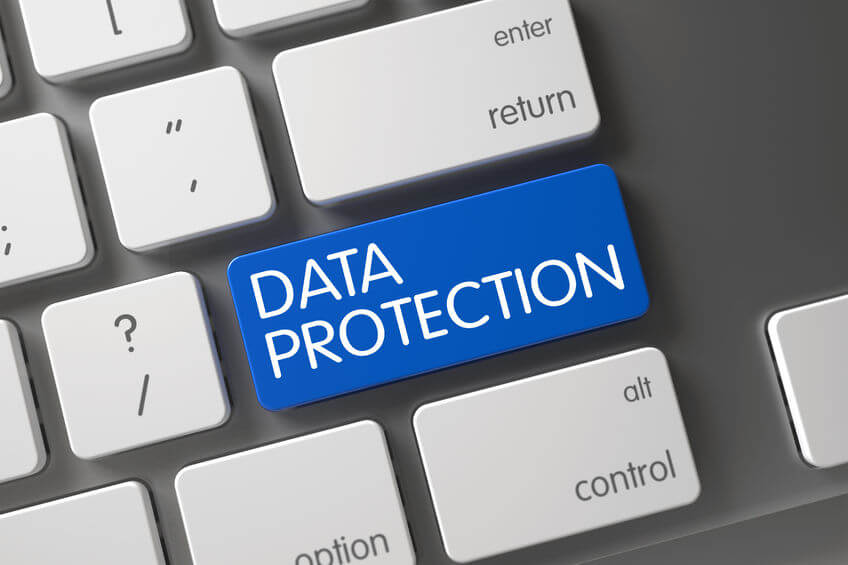Securing Payroll Systems: Aspects To Consider When Choosing Payroll System Software

December 4, 2023
Payroll data contains some of the most sensitive information about a company’s employees. From salaries and banking details to tax and identity information, payroll systems house a goldmine of data that cybercriminals would love to access. Understanding the importance of payroll security in modern business operations is crucial, as a breach could lead to identity […]

Payroll data contains some of the most sensitive information about a company’s employees. From salaries and banking details to tax and identity information, payroll systems house a goldmine of data that cybercriminals would love to access. Understanding the importance of payroll security in modern business operations is crucial, as a breach could lead to identity theft, financial fraud, compliance violations, and loss of employee trust.
Understanding what is payroll security
Payroll security refers to the measures taken to protect confidential employee payroll data like salaries, banking details, social security numbers, and more. With data breaches on the rise, no business can afford to neglect payroll security. When evaluating new payroll software, key features to look for include data encryption, regular security audits, safe storage solutions, and comprehensive backup plans. Taking the right precautions will help ensure payroll data remains protected and operations can continue uninterrupted even in a crisis. Key features to look for when evaluating payroll software include:
- Data encryption to safeguard sensitive digital files
- Regular security audits to identify and resolve vulnerabilities
- Secure data storage like locked cabinets for physical payroll records
- Automated backups to quickly restore lost data
- Firewalls, spam filters and other endpoint security solutions
Security aspects to consider when choosing payroll system software
Selecting a payroll system involves evaluating more than just features and functionality. It is critically important to analyze the security measures and protocols in place to safeguard sensitive employee data. This section will explore essential security aspects when selecting a payroll software solution.
User authentication and data protection measures
To restrict unauthorized payroll access database, strong password policies and multi-factor authentication are essential. Passwords should be complex, changed regularly, and locked after failed attempts. Multi-factor authentication like biometrics, security keys, or one-time codes provide additional identity verification. These measures block intruders and prevent compromised credentials from enabling payroll data breaches.
Role-based access controls limit system permissions to only necessary users. Financial data, and salary details should only be accessible to HR staff, payroll administrators and authorized accounting personnel. Each role receives tailored permissions to needed functions without extra access that could be abused. Regular access reviews ensure proper authorizations are maintained as personnel change.

Bridging the physical and digital realms
In addition to digital access controls, physical document security is still pertinent for some payroll processes involving paper records, checks or tax forms. Sensitive documents should be shredded when disposed of and stored under lock and key when not in active use. Offsite storage may provide resilience if onsite records are compromised.
On the digital side, top-grade encryption secures payroll data transmission and storage. Salary info, bank accounts, routing numbers, SSNs and more contain highly sensitive details that require encryption both at rest and in transit across networks.
Mitigating risks through software updates and backups
Payroll systems require prompt security patch installation, feature updates and version upgrades as they become available. The longer your payroll application runs on outdated code, the more vulnerabilities it contains for cybercriminals to exploit. Enabling automatic updates is ideal for applying fixes quickly rather than manually updating.
Routine automated backups are also critical for payroll data management. Backups allow restoration of payroll records, employee data and operational capabilities if your system is compromised by ransomware, technical problems, or natural disasters. Secure cloud backups or local backups with offsite storage provide a quick and reliable way to restore the safest version.
Integrated firewalls, antimalware, spam filtering, and intrusion detection capabilities help mitigate external threats. Internal vulnerabilities can be detected through periodic penetration testing and resolved to further strengthen payroll security.
Secure integrations within the payroll system ecosystem
While core payroll software may have robust controls, weaknesses can emerge when integrating with complementary systems like HR, accounting, time and attendance, ERPs, and more. When data transfers between programs, security should be upheld across all applications and during integration processes.
APIs and other integration mechanisms should validate identities, encrypt transmitted data, and have rate limiting to prevent attacks. Integrated systems should have comparable access restrictions, encryption, and activity logging. To avoid lapses, organizations should perform due security diligence when selecting supplemental platforms that will interface with payroll.
Business continuity plans
A comprehensive business continuity plan (BCP) prepares organizations to maintain critical operations during an incident that disrupts normal payroll processing. This includes procedures for recovering access to payroll data through backups, moving operations to an alternate site, dynamically reassigning staff, and interfacing with banks and vendors if needed.
Tested BCPs ensure payroll continuity if a flood, fire, cyber attack, or other crisis impacts your payroll department or vendors. This reduces downtime and productivity loss while protecting employee wages.

International certification
Adhering to international payroll security standards demonstrates rigor beyond typical vendor claims. ISO 27001:2013 information security management certification, as seen with Talentnet’s payroll software, indicates strict controls for confidentiality, integrity, and availability of payroll data. Annual audits verify continued compliance with ISO 27001:2013 policies.
Vendors that undergo independent penetration testing and achieve zero breaches over consecutive years exhibit a higher degree of security maturity as well. International standards compliance validate that protection measures follow security best practices.
Auditing for assured security
While technical controls fortify payroll systems, audits validate that policies translate into actual security. Audits pinpoint areas for improvement by checking that payroll in access controls are properly configured, data encryption is fully implemented, physical security precautions are followed and backups occur as scheduled.
Third-party auditors provide unbiased security assessments based on compliance frameworks and IT standards. Internal audits by a company’s IT staff provide ongoing vigilance between external audits. Purposefully “attacking your own systems” with penetration testing also uncovers weaknesses for correction before incidents arise.
By considering the key aspects outlined, organizations can optimize payroll security when migrating to new systems. Protecting payroll data requires constant adaptation as emerging threats and technologies reshape the risk landscape.
Securing payroll systems requires a multi-layered approach including strong access controls, encryption, risk mitigation through updates and backups, certified security standards, and routine auditing. With the sensitive data housed in payroll systems, the enduring necessity for a comprehensive, well-informed approach to payroll security cannot be overstated. Employers must make payroll security a top priority, which can be effectively addressed with Talentnet’s end-to-end payroll solutions.


